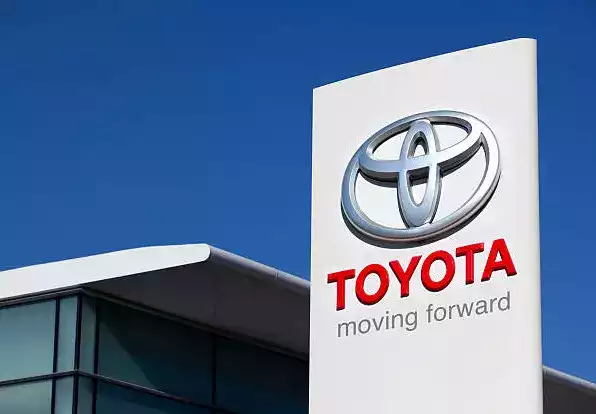Toyota unveils 3rd generation fuel cell system for commercial vehicles

To meet the rising demand for CV sector
Toyota's third-generation fuel cell system aims to meet the demanding needs of the commercial sector, providing durability comparable to traditional diesel engines. The new system also offers improved performance, including better fuel efficiency and lower costs compared to the previous version. Beyond commercial applications, the system will be used in passenger vehicles and other applications like stationary generators, rail systems, and ships.
Toyota has been actively involved in hydrogen technology development and deployment. Since the 2014 launch of the MIRAI fuel cell electric vehicle (FCEV), Toyota has sold approximately 28,000 units in over 30 countries and territories.
Toyota's fuel cell systems
Furthermore, Toyota has supplied over 2,700 fuel cell systems to more than 100 customers globally since 2019. These systems are used in various applications, including buses, railroads, and stationary power generators.
Toyota is collaborating with partners, particularly in Tokyo and Fukushima prefectures in Japan, to implement these systems in the commercial sector and contribute to the development of a hydrogen society. The third-generation fuel cell system was developed based on customer feedback and insights gained from proof-of-concept projects and demonstration tests conducted over the past several years.
What new does it bring?
The third-generation fuel cell system offers several key improvements. Its durability has been doubled compared to the previous generation, achieving a lifespan comparable to diesel engines with a maintenance-free design.
Fuel efficiency has also been improved by a factor of 1.2, resulting in a 20% increase in cruising range. Significant cost reductions have been achieved through innovations in cell design and manufacturing processes.
Applicable across segments
The third-generation fuel cell system is versatile and can be implemented in various applications. These include a range of commercial vehicles, passenger cars, stationary generators, rail systems, and ships.
For passenger vehicles, the improved fuel efficiency translates to a longer cruising range, enhancing convenience and peace of mind. In heavy-duty commercial vehicles, the system provides durability comparable to diesel engines and delivers high power output.

